
Common Standards for Wireless RF Testing
As a manufacturer of wireless devices, we understand the importance of ensuring that products meet various standards, which is crucial not only for product performance but also for opening doors to the global market. Today, JJR Laboratory in China introduces several commonly used wireless RF testing standards to assist wireless manufacturers in successfully passing testing and certification.
fcc part 15
The United States is a major market for many electronic manufacturers. The Federal Communications Commission (FCC) Part 15 standard is a necessary condition for consumer electronic products to enter the U.S. market. It regulates the limits on radiation and conducted interference, ensuring that your product does not cause harmful interference to other electronic devices.
ETSI EN 300 328
The European market has strict requirements for wireless devices. The ETSI EN 300 328 standard applies to wireless devices operating in the 2.4 GHz frequency band and specifies technical requirements such as transmission power, spectral bandwidth, and frequency tolerance, ensuring that your product complies with EU laws and regulations.
CE RED Directive
Wireless devices intending to enter the EU market must comply with the CE RED Directive. This directive covers requirements related to health, safety, electromagnetic compatibility, and radio spectrum usage. Obtaining the CE mark is not only a symbol of compliance but also a guarantee of product quality and safety.
ARTB STD-T66
If your target market includes Japan, the ARIB STD-T66 standard must be followed. This standard applies to wireless devices operating in the 2.4 GHz frequency band in Japan, ensuring product compliance in the Japanese market and avoiding interference with other wireless services.
Email:hello@jjrlab.com
Write your message here and send it to us
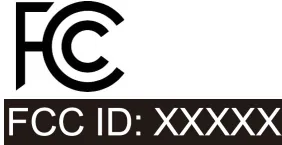 When Can FCC ID Modifications Be Filed?
When Can FCC ID Modifications Be Filed?
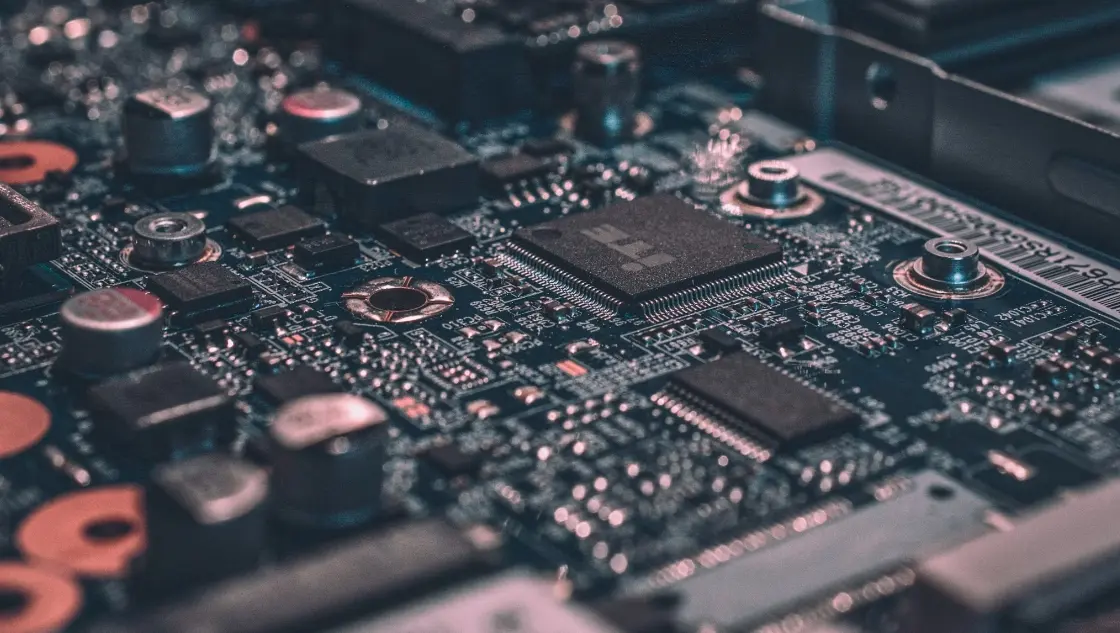 LoRa Certification Testing Laboratory
LoRa Certification Testing Laboratory
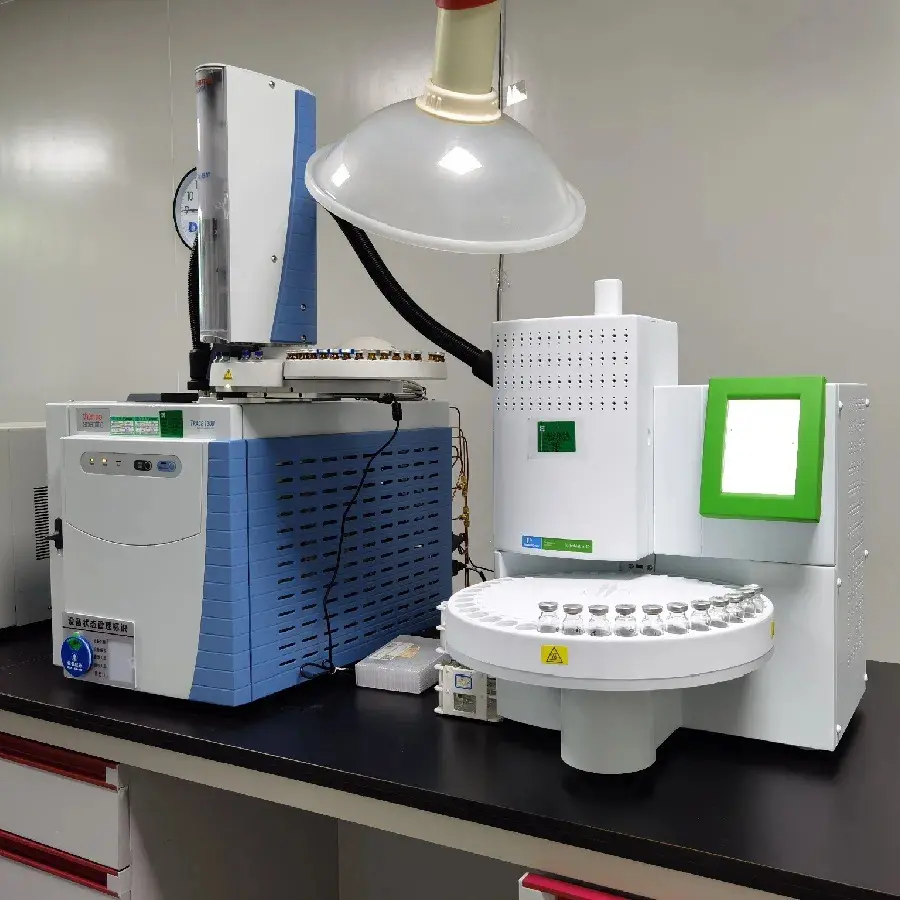 Blood Pressure Monitor Certification Testing Servi
Blood Pressure Monitor Certification Testing Servi
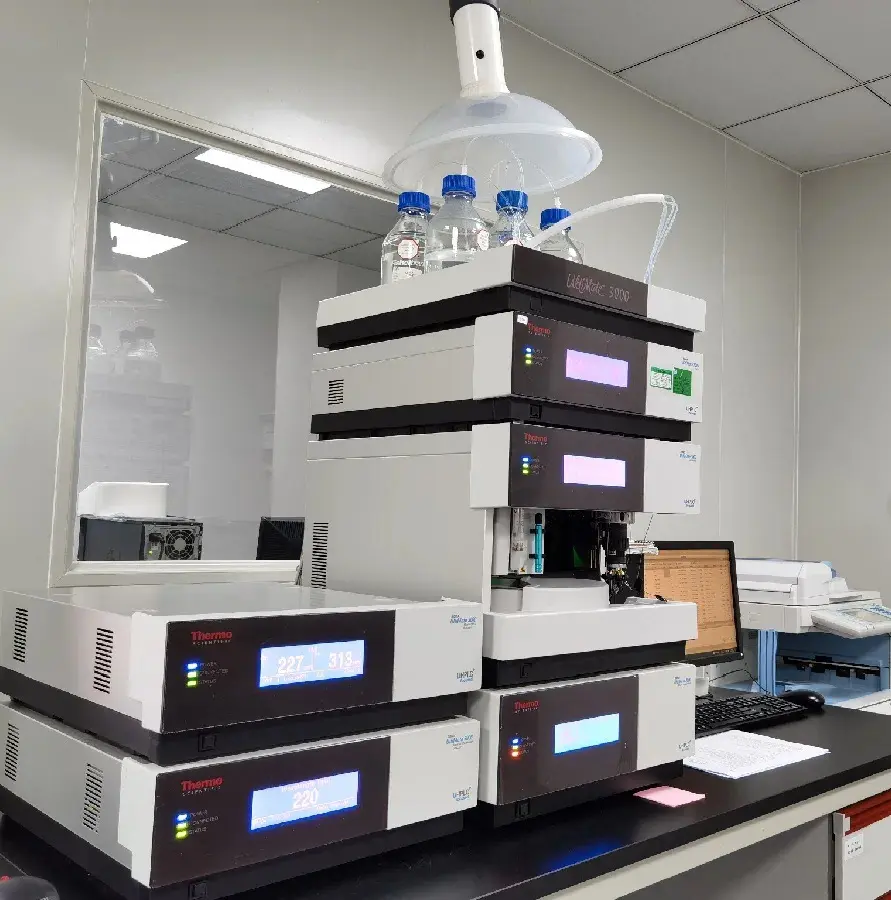 ECG Device Certification Testing
ECG Device Certification Testing
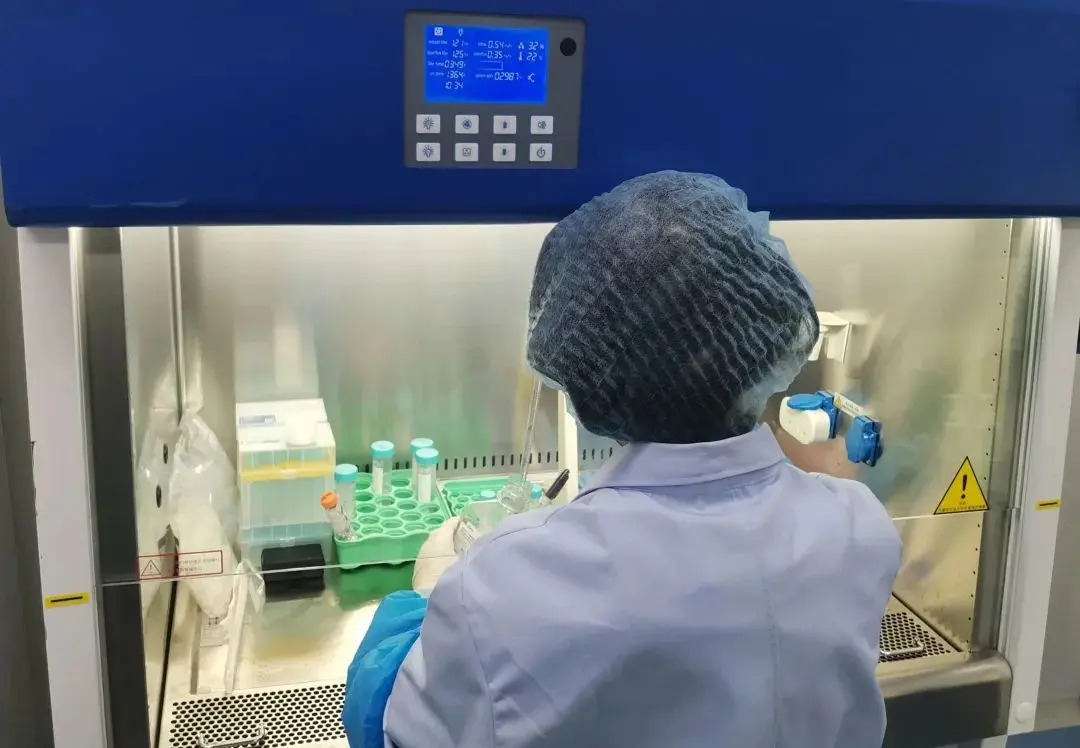 Pulse Oximeter Certification and Testing Standards
Pulse Oximeter Certification and Testing Standards
 IVD Medical Device GB 4793:2024 Test Report
IVD Medical Device GB 4793:2024 Test Report
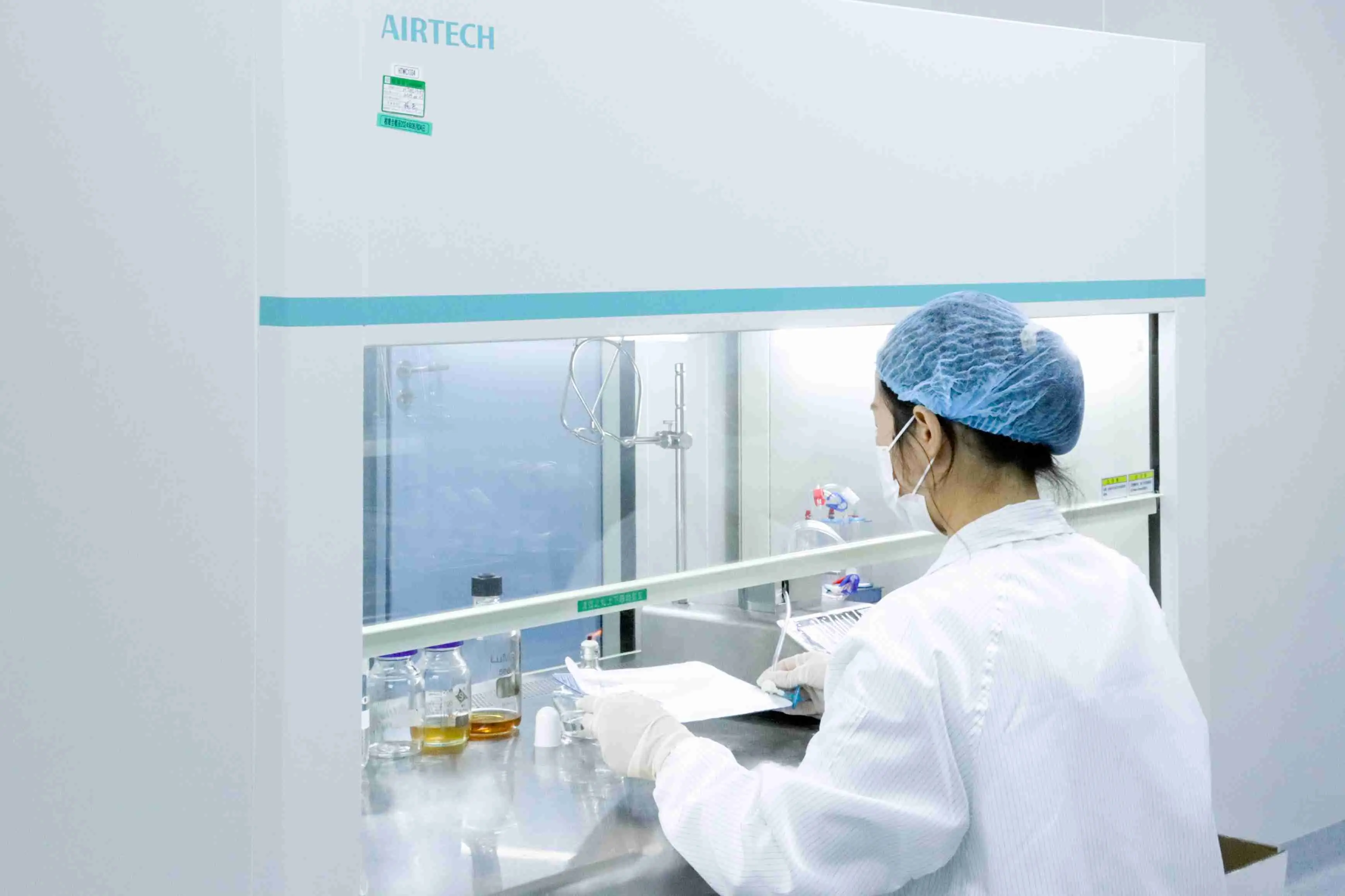 IECEE CBTL Testing Laboratory for IVD Medical Devi
IECEE CBTL Testing Laboratory for IVD Medical Devi
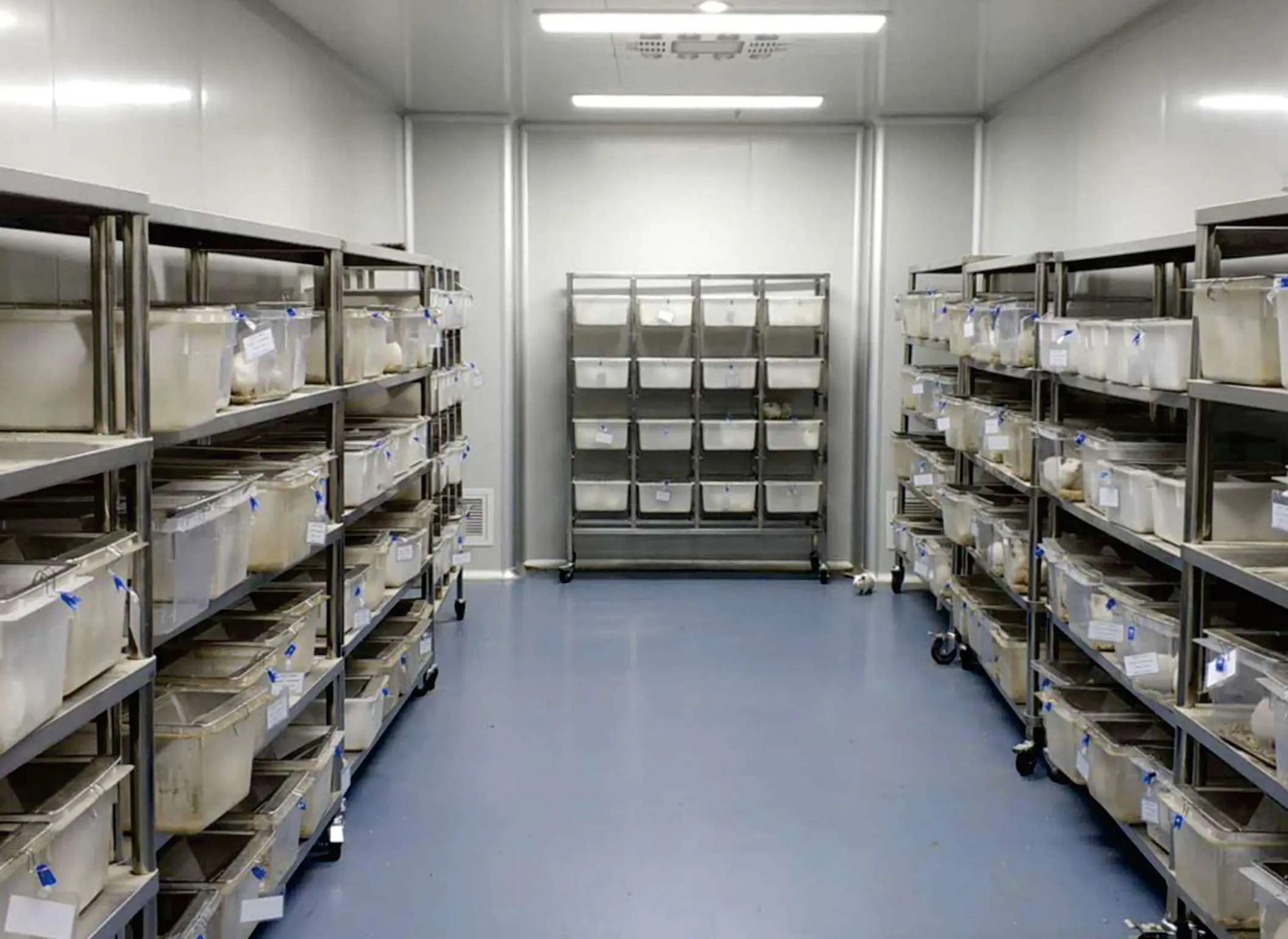 China OECD GLP-Certified Laboratory
China OECD GLP-Certified Laboratory
Leave us a message
24-hour online customer service at any time to respond, so that you worry!




